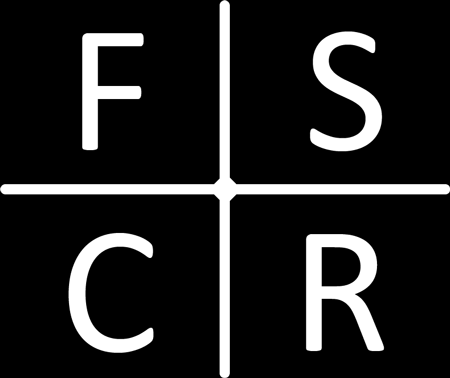Effects of Cold Water Immersion and Contrast Water Therapy for Recovery From team Sport: A Systematic Review and Meta-Analysis
Sport participation induces high levels of muscle damage and inflammation especially during the season with multiple days of training and competition that lead to accumulated fatigue. Therefore, appropriate recovery strategies are paramount to reducing injury risk and decreasing any detrimental effects to performance. Hydrotherapy is a common intervention to enhance and/or accelerate recovery in elite athletes. Two strategies utilised include cold-water immersion (CWI) and contrast water therapy (CWT). CWI better known as an “ice bath” sees the athletes immerse themselves into a bath of ice water for a set period of time. CWT better know as “hot/cold therapy” sees the athletes immerse themselves into warm water and then immediately immerse themselves into cold water. This process is then repeated for a number of cycles with both warm and cold immersion governed by set times. Following both CWI and CWT athletes generally report a perception of feeling recovered or less fatigued however, research backing up these effects are limited.
Results of the systematic review with meta-analysis showed only CWI enhanced actual neuromuscular recovery (attenuated the detrimental effects of fatigue) within 24 hours post team sport activity. However, when evaluating an athletes perception of recovery both CWI and CWT were shown to have a beneficial effect. If an athlete has a perceived feeling of recovery this may still reduce the risk of injury and reduce the detrimental effects of fatigue on performance.
With both the perception of recovery and actual neuromuscular recovery found from the utilization of CWI and CWT post team sport, it is important to know what the recommended protocols are:
CWI – should incorporate 2 x 5 minute immersions of 10° C with 2 minutes seated rest in ambient temperature between immersions
CWT – utilise the CWI protocol for cold/hot (10° C /38-40° C) water immersion repeated twice for a total of 20 minutes.
References
1.Higgins, T.R., Greene, D.A., & Baker, M.K. (2017). Journal of Strength & Conditioning Research, 31 (5), 1443-1460.
